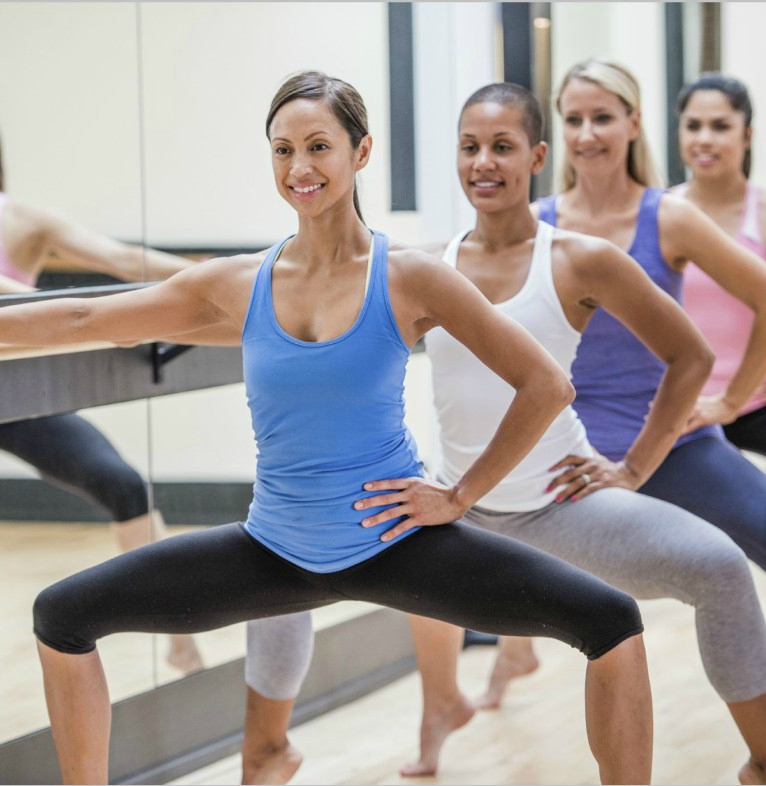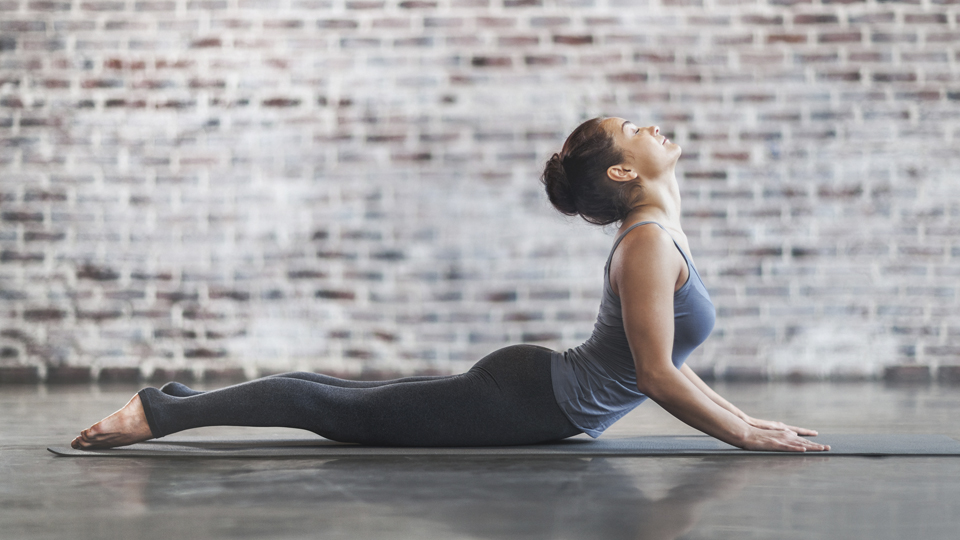N’O Estúdio acreditamos que a arte não só ajuda no desenvolvimento, mas também que funciona como uma terapia, um escapismo, um porto seguro contra tudo o que se passa no nosso dia. E se fazer uma vertente artística já nos ajuda imenso a lidar com os problemas e tristezas, o que poderá acontecer quando misturamos tudo numa modalidade? Abram a cortina para o Teatro Musical.
Então, em que consiste o Teatro Musical? É uma vertente teatral em que os performers não só interpretam o texto, mas também cantam e dançam. O que torna esta modalidade uma experiência completa para todos os atores, cantores e bailarinos que queiram experimentar.
Pequeno parágrafo de História do Teatro: assim como muitos outros géneros o Teatro Musical tem raízes na Grécia Antiga, onde já se experimentava na mistura entre o drama, o canto e a dança, por exemplo: o coro cantava e movia-se em conjunto, comentando a acção nas tragédias e comédias. Com o passar do tempo, este estilo foi sendo desenhado e mais definido até chegar a como o conhecemos nos dias de hoje: Começamos na Ópera, onde o foco é o canto e cada papel é distribuído individualmente entre cantores e bailarinos. Passamos depois para a Opereta onde começam a existir histórias mais leves e diálogos falados, embora ainda mantendo a diferença entre atores e cantores e bailarinos. Enquanto isto acontecia na Europa, do outro lado do oceano, estavam a começar a desenvolver espectáculos como o vaudeville e o music hall, que eram espetáculos de variedades onde se começava a desenvolver a ideia que quem estava em palco teria de conseguir juntar as artes performativas do canto, dança e interpretação de texto. O conceito de Teatro Musical começa no entanto quando, no século XX, combinaram a opereta europeia e o vaudeville americano para criar este género teatral, onde as músicas e o diálogo funcionam em conjunto para avançar a narrativa. E desta forma chegamos aos dias de hoje, onde o Musical não vive só no palco, mas também nos pequenos e grandes ecrãs.
N’O Estúdio queremos pegar nesta ideia e oferecer aos nossos alunos a oportunidade de se expressarem e poderem através desta arte dizer tudo o que não conseguem colocar por palavras. Através de técnicas vocais, de interpretação e dança, os alunos irão através da criação de mundos paralelos falar de tudo o que se passa na sua cabeça, a sua perspectiva do mundo, ao mesmo tempo que aprender o trabalho de equipa e o sentimento de pertença a uma ensamble, onde todos são personagens chave e ninguém fica de lado. Por vezes, apenas precisamos de um empurrãozinho de confiança para podermos descobrir o nosso talento e o que conseguimos fazer e perder-nos numa personagem dá-nos a “autorização” que por vezes precisamos para poder errar, sem julgamentos e, consequentemente, aprender e nos tornamos a melhor versão de nós mesmos.
Dito isto, gostas de dançar e cantar, enquanto contas histórias? Então o Teatro Musical pode ser a modalidade para ti. Esperamos por ti.
Emanuel Santos






